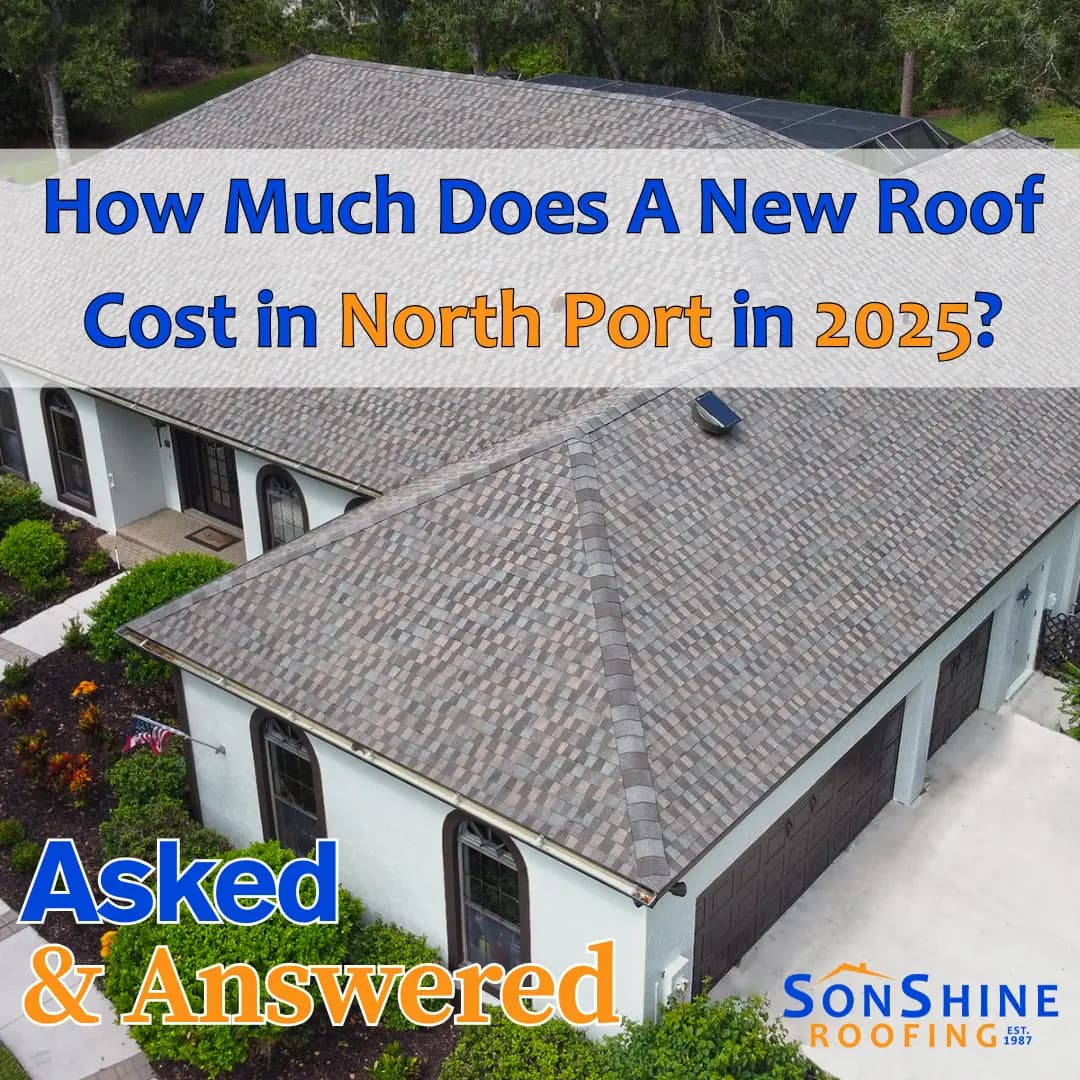How to Choose Roof Shingle Colors That Boost Curb Appeal
If you’re among the 65.3% of Americans that call themselves homeowners, you know how important it is to keep your home both trendy and functional.
Since your roof covers more surface area than any other part of your home, it’s one of the first things people notice. That’s why choosing the right roof shingle colors is crucial—especially in a sunny place like Sarasota, Florida. This guide will help you choose shingle colors that match your home’s style, regional trends, and climate demands.
1. Match Roof Colors to Sarasota’s Climate
Location matters when choosing roof colors. Sarasota’s tropical climate and intense sunlight can cause darker shingles to absorb heat and fade faster. Light-colored shingles—such as beige, tan, or light gray—help reflect heat and reduce energy costs.
They also help prevent the growth of algae streaks common in humid areas. These streaks can make roofs look older than they are, so selecting algae-resistant shingles in lighter shades is both practical and aesthetic.
2. Coordinate With Your Home’s Exterior
Consider your home’s architecture and exterior features—like siding, trim, and shutters—before selecting your shingle color. Colonial homes look classic with black or dark gray shingles, while Mediterranean styles pair well with terracotta or warm brown tones.
Check out design ideas online or consult your Sarasota roofing maintenance expert to find a match that enhances—not clashes with—your existing home design.
3. Use Color Theory to Create Balance
Use the color wheel to create harmony between your roof and house colors. Choose:
- Three neighboring hues (analogous colors)
- Two opposite hues (complementary colors)
- One color + black or white (monochromatic contrast)
Generally, it’s best to stick to no more than three exterior colors, including your roof. Too many colors can make your home look visually cluttered.
4. Consider Color Psychology
Your roof can even influence your mood. Color psychology suggests that:
- Blue evokes calmness and tranquility
- Yellow and orange promote energy and positivity
- Gray and brown offer timeless, neutral vibes
Pick a color that reflects the feeling you want your home to evoke.
5. Blend (or Contrast) With the Neighborhood
If your neighborhood has an HOA, you may be required to choose from an approved color list. But even without restrictions, you should consider what the homes around you look like. Matching nearby homes creates a cohesive look; contrasting can add uniqueness—if done intentionally and tastefully.
6. Try Multi-Tone Shingles
Want something more eye-catching? Multi-tone shingles are gaining popularity and can give your home character without overwhelming the design. Just keep the palette cohesive—don’t mix more than three colors.
7. Get Professional Guidance
Your best option is to contact the experts at SonShine Roofing. With over 30 years of experience in roof replacement and roof maintenance in Sarasota, we can help you select shingle colors that increase curb appeal and longevity.
Make a Colorful, Informed Choice
Choosing the right roof shingle color can improve your home’s resale value, reduce energy costs, and create visual harmony. If you’re not sure what to pick, reach out to our team. We’d be happy to help you bring your vision to life with durable, beautiful shingles that complement your Sarasota home.













